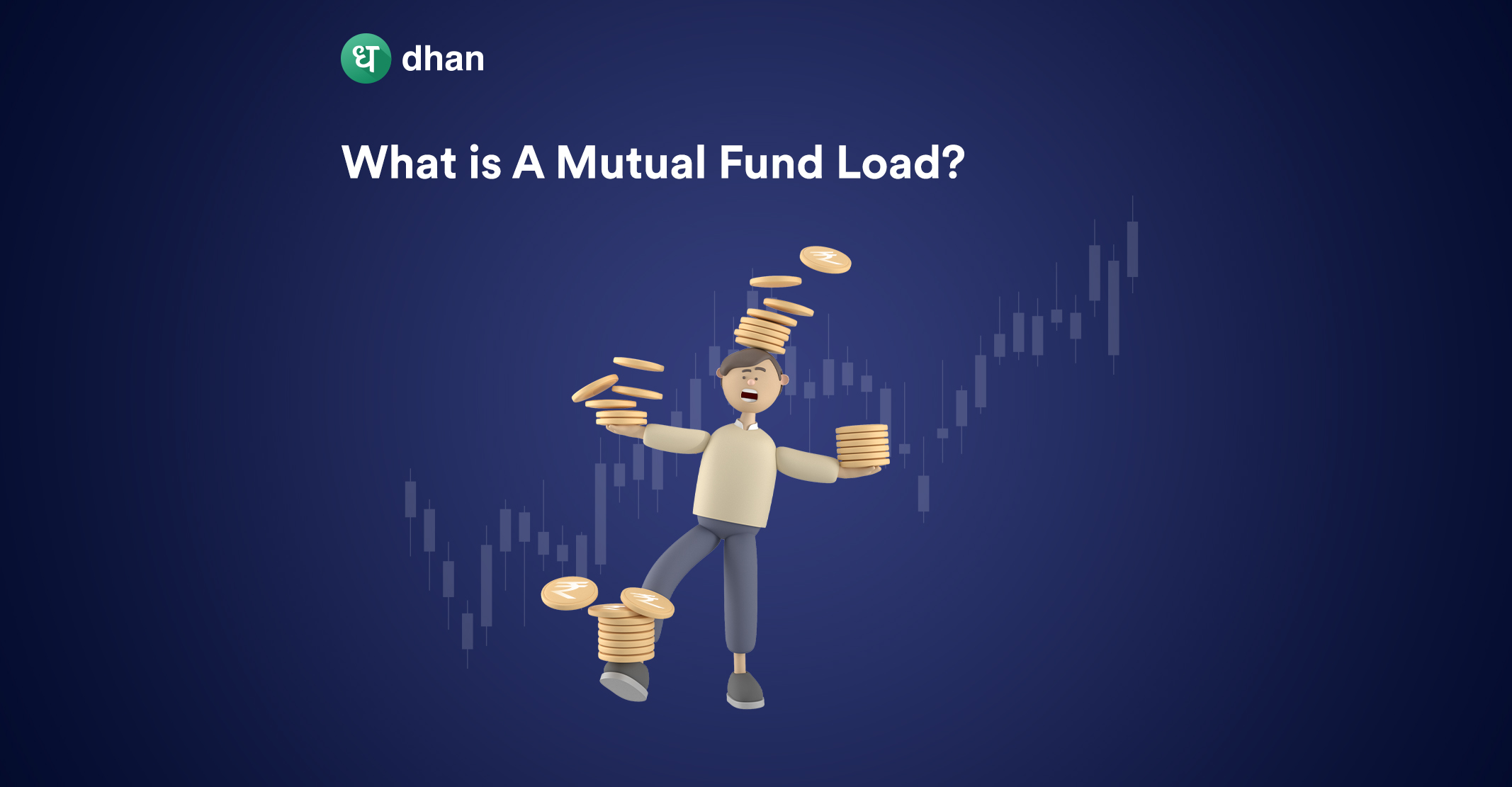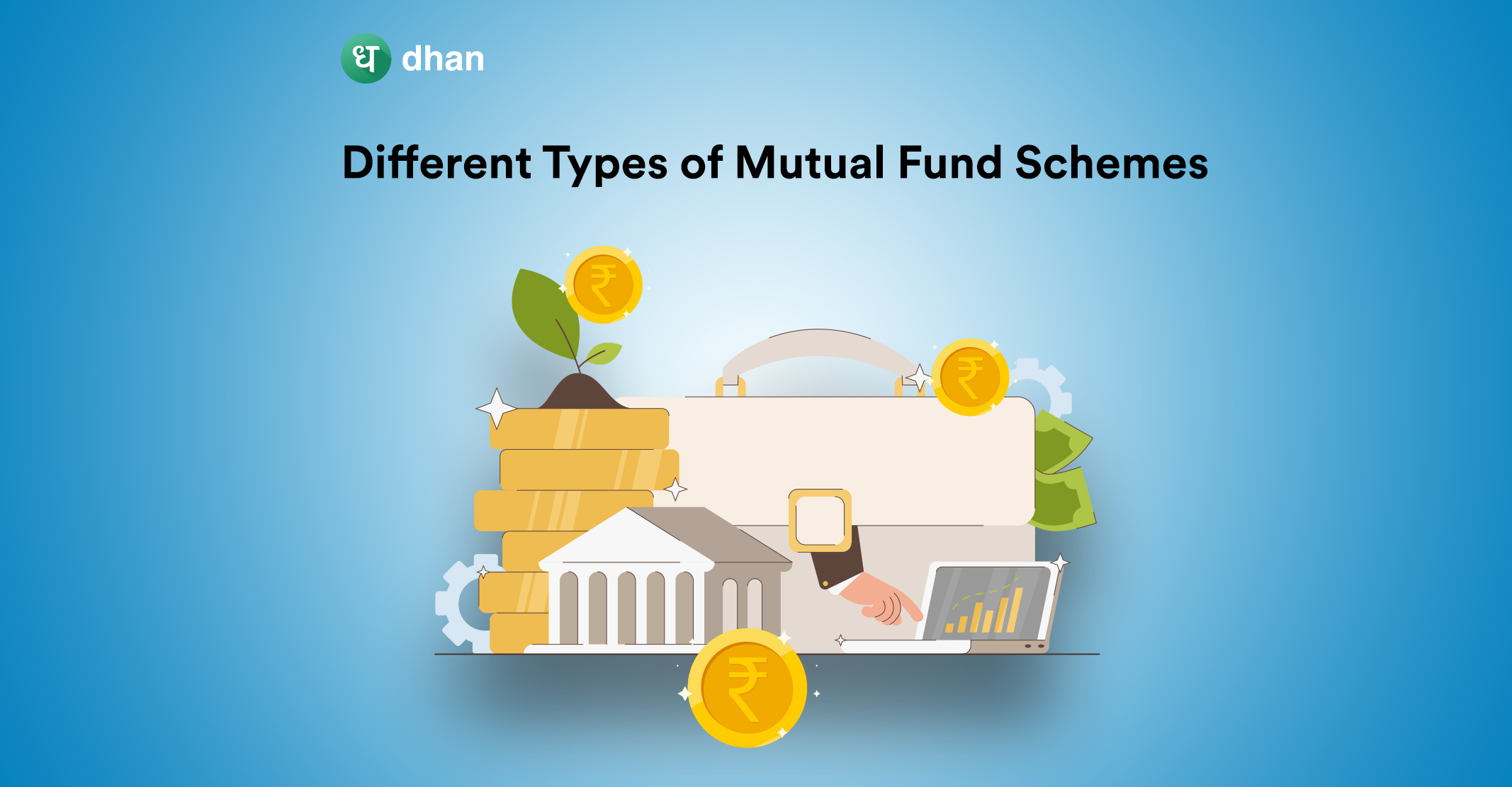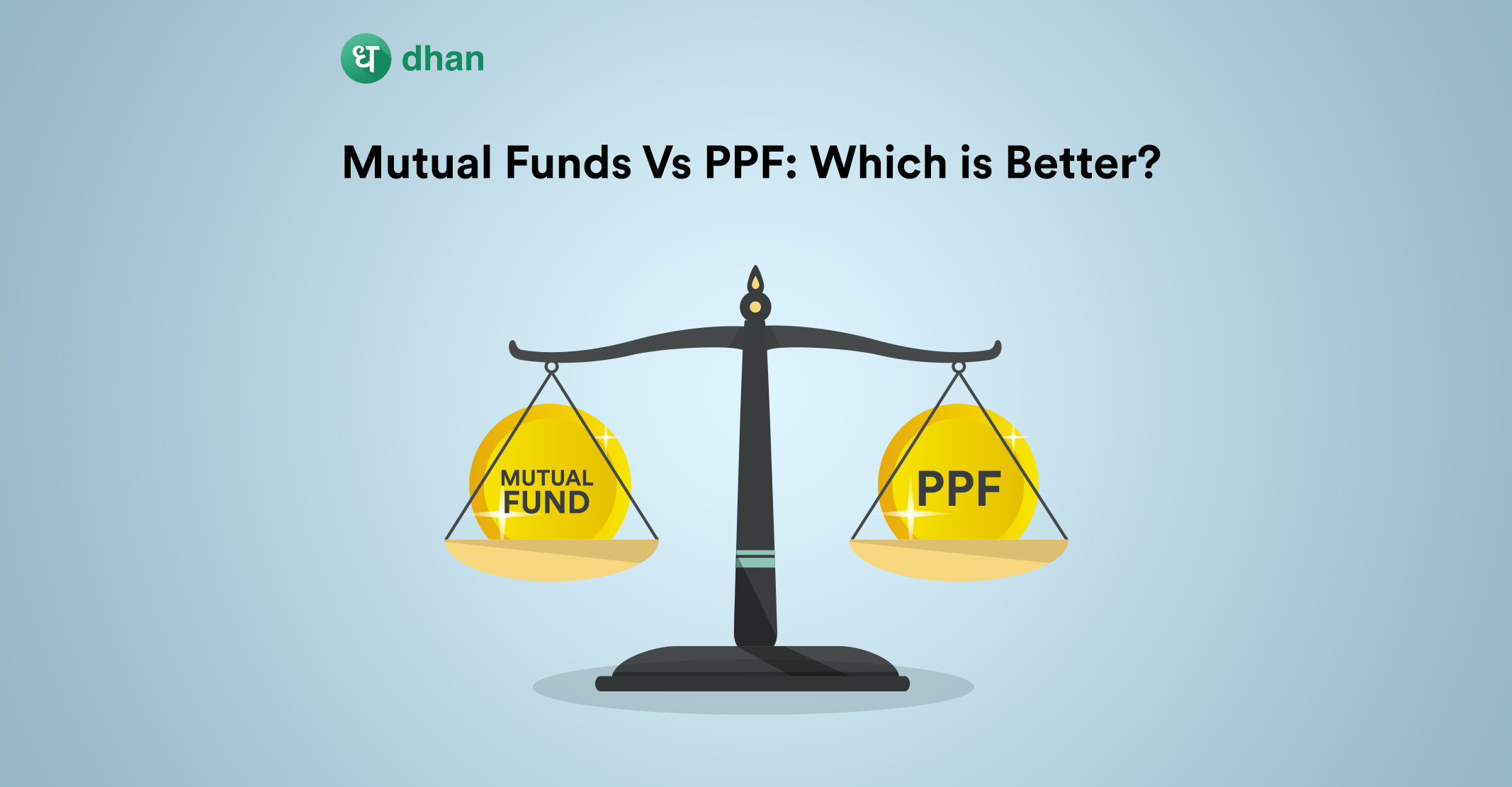Investing in mutual funds carries charges that an investor has to pay and thus should know about. One of these charges is known as a Mutual Fund Load. If this is a new concept for you, don’t worry! We will help you in detail about fund load. Let us first understand what is load in mutual fund.
What is a Mutual Fund Load?
Load in mutual funds refers to the commission you pay on the purchase and/or sale of a mutual fund. The mutual fund will use this commission to ensure that intermediaries are paid for the distribution or recommendation of the fund.
The intermediaries that benefit from a load in mutual funds include investment platforms, financial planners, financial advisors, brokers, and others. These intermediaries are paid by the mutual fund company, including the top AMCs in India.
The load is calculated as a percentage of the buy/sell transaction amount of the mutual fund and may be charged during entry, exit, or both. Let’s take a deeper look at these types of loads in mutual funds.
Types of Loads in Mutual Funds
There are two basic types of loads in mutual funds: entry load and exit load. Let’s understand each of them.
1. Entry Load
This is the charge paid by the investor at the time of purchasing mutual funds. This is also defined as a front-end load. Entry load covers the distribution charges that the mutual fund company has to bear. The entry load amount is generally deducted from your total investment.
2. Exit Load
Mutual Fund Exit Load is the fee charged by mutual fund houses when an investor exits the scheme i.e. sells the mutual fund before a specific time period. This is also defined as a back-end load.
The fee charged is the percentage of the sale value of the mutual fund. Exit load is charged by mutual fund houses to discourage investors from redeeming the scheme before a specific time period.
There is another type of exit load known as Contingent Deferred Sales Charge (CDSC). Here the investor pays the charge depending on the tenure for which he has remained invested in the scheme.
If the tenure for the investment is longer, the exit load charged is a small amount. However, in case the tenure of investment is short then the exit load is of a higher amount. It generally becomes zero after 4 years of investment period.
Difference Between Load Mutual Fund and No Load Mutual Fund
A majority of investors prefer to invest in load mutual funds. This is because in load mutual funds the intermediary uses their expertise to guide investors in the selection of mutual funds.
For this advice provided, investors are charged the commission which is defined as a load. Whereas in a No-load Mutual fund, an investor doesn’t have to pay any fees or commissions while investing in mutual funds as no intermediaries are involved.
No-load mutual funds are directly available for purchase from the mutual fund company’s website or trading platforms. Investors who have good knowledge of the mutual fund industry prefer to invest in no-load funds as they don’t have to pay an extra charge.
Either way, switching in mutual funds is allowed and a possible solution for those who want to move from one fund to another.
Types of Load Fund Share Classes
Mutual fund companies known as AMCs have different fund share classes which charge different loads. Here is the list of different types of load fund share classes.
1. Class A Fund Shares
Class A shares are front-end load funds where upfront fees are charged to investors at the time of investment.
The fees charged are used to compensate the financial advisor for the services they provided you to select the right mutual fund.
Investors can reduce the fees charged to them by getting breakout discounts when they invest in class A shares in a large amount.
2. Class B Fund Shares
Class B shares are back-end load funds where fees are charged from investors at the time of redemption of mutual fund units. This only happens if investors sell the mutual fund units before the fixed time.
In addition to the back-end load, the investor also has to pay a redemption fee which is up to 6%. Class B shares don’t offer breakout discounts like Class A shares. However, here the investor can reduce the back-end load by remaining invested for a long tenure.
3. Class C Fund Shares
Class C shares are the most expensive category of load fund share class. Here the load is charged around 1%-2%% for the holding period instead of on the redemption amount, making it costly for investors.
Moreover, they don’t offer break-out discounts. This type of load fund is advisable for short-term investment. That’s all. These were the types and categories of load in mutual funds that you needed to know before making an investment decision.
Conclusion
A mutual fund load ensures that intermediaries are compensated for distributing a mutual fund. What you must know is that the load is likely to eat into your investment in some form or the other. That’s why evaluating the load before you invest in mutual funds online is necessary.
Like this? Then you’ll love:



